Proper nutrition and hydration are essential for the health and longevity of small pets such as rabbits, guinea pigs, hamsters, ferrets, and gerbils. However, just as important as providing Small Animal Accessories is ensuring that these essentials remain clean and safe for your pet.
Unclean food bowls, water bottles, and feeding areas can lead to bacterial growth, mold, and contamination, which may result in digestive issues, infections, or other serious health concerns for small animals.
In this comprehensive guide, we’ll cover the best practices for keeping your pet’s food and water clean, the importance of hygiene in their feeding areas, and effective cleaning routines. Whether you’re a new pet owner or looking for ways to improve your pet care routine, this article will help you maintain a safe and sanitary environment for your furry friend.
Why Clean Food and Water Matter for Small Pets
Small animals are more vulnerable to illnesses caused by bacteria and mold than larger pets. Poor food and water hygiene can lead to several health problems, including:
- Bacterial Infections: Dirty food bowls and water dispensers can harbor harmful bacteria like Salmonella and E. coli, leading to digestive issues and infections.
- Mold and Fungal Growth: Stale food and water in humid environments can develop mold, which can be toxic to small pets.
- Pest Infestation: Leftover food attracts insects and rodents, creating an unhygienic and unsafe space for your pet.
- Waterborne Diseases: Standing water can become a breeding ground for harmful microorganisms, potentially causing dehydration and illness.
By maintaining a strict cleaning routine and using the right small animal accessories, you can help ensure your pet remains happy and healthy.
How to Keep Your Small Pet’s Food Clean
1. Use the Right Food Bowls
- Choose ceramic or stainless steel bowls over plastic, as they are less likely to develop scratches that trap bacteria.
- Opt for weighted bowls to prevent tipping and spilling of food.
- Use a separate bowl for dry food, fresh vegetables, and treats to minimize contamination.
2. Clean Food Bowls Daily
- Remove uneaten food at the end of the day to prevent spoilage.
- Wash the bowls with warm, soapy water and rinse thoroughly.
- Avoid harsh chemicals, as residues can harm your pet.
3. Store Food Properly
- Keep dry food in an airtight container to prevent moisture and pest infestations.
- Refrigerate fresh vegetables and fruit to maintain freshness.
- Check expiration dates regularly and discard old or stale food.
4. Prevent Food Contamination
- Avoid placing food directly on bedding, as it can mix with droppings and urine.
- If using a food dispenser or feeder, clean it weekly to remove any stuck or stale food.
- Do not mix old food with new food—this increases the risk of bacterial growth.
How to Keep Your Small Pet’s Water Clean
1. Choose the Right Water Dispenser
- Water Bottles: Ideal for keeping water clean and free from debris. Choose leak-proof bottles with stainless steel spouts.
- Water Bowls: If your pet prefers a bowl, opt for a heavy ceramic bowl to prevent tipping.
2. Change Water Daily
- Stale water can develop bacteria, algae, and unpleasant odors.
- Empty and refill your pet’s water bottle or bowl with fresh, clean water daily.
3. Clean Water Bottles & Bowls Regularly
- Wash water bottles at least twice a week using a bottle brush to remove buildup inside.
- Scrub water bowls with warm soapy water daily.
- Rinse thoroughly to remove any soap residue before refilling.
4. Check for Leaks and Clogs
- Inspect water bottles to ensure they are dispensing properly.
- Replace old or damaged bottles to prevent dehydration risks.
5. Avoid Water Contamination
- Place water bowls in a raised area to keep bedding, dirt, and waste from getting inside.
- Keep water dispensers away from food to prevent contamination from food particles.
Best Cleaning Routine for Food & Water Accessories
Daily Cleaning Routine:
✔ Empty and wash food and water bowls with mild dish soap.
✔ Rinse thoroughly to remove soap residue.
✔ Wipe down surrounding areas where food is placed.
✔ Refill with fresh food and water.
Weekly Deep Cleaning Routine:
✔ Soak water bottles and bowls in warm water with white vinegar for 10-15 minutes.
✔ Scrub thoroughly using a brush.
✔ Sanitize with pet-safe disinfectant.
✔ Dry completely before refilling to prevent bacteria growth.
Common Mistakes to Avoid in Food & Water Hygiene
- Using Plastic Bowls for Food & Water
- Scratched plastic traps bacteria and is harder to clean.
- Not Changing Water Frequently Enough
- Stagnant water can become contaminated quickly.
- Placing Food & Water Too Close to Bedding
- Can lead to contamination from droppings and urine.
- Neglecting to Clean Bottles & Bowls Regularly
- Even if they appear clean, bacteria can form inside.
Conclusion: Keeping Your Small Pet’s Food & Water Safe
A clean and safe feeding environment is crucial for the health and happiness of your small pet. By using the right small animal pet supplies and small animal accessories, establishing a proper cleaning routine, and being mindful of food and water hygiene, you can prevent health issues and ensure your furry friend gets the nutrition and hydration they need.
For high-quality pet supplies, including hygienic food bowls, water bottles, and cleaning accessories, visit KwikPets.com—your go-to source for small pet care essentials.
Frequently Asked Questions (FAQs)
1. How often should I clean my small pet’s food and water bowls?
- It’s best to clean food and water bowls daily and do a deep clean once a week.
2. Is tap water safe for small pets?
- Yes, but it depends on your local water quality. If unsure, filtered or bottled water is a safer option.
3. What type of food bowl is best for small pets?
- Ceramic or stainless steel bowls are best, as they are durable and easy to clean.
4. Can I use soap to clean my pet’s bowls and bottles?
- Yes, but ensure you rinse thoroughly to remove any residue that could be harmful.
5. How can I prevent algae growth in my pet’s water bottle?
- Clean the bottle regularly and keep it in a cool, shaded area to prevent sunlight exposure.


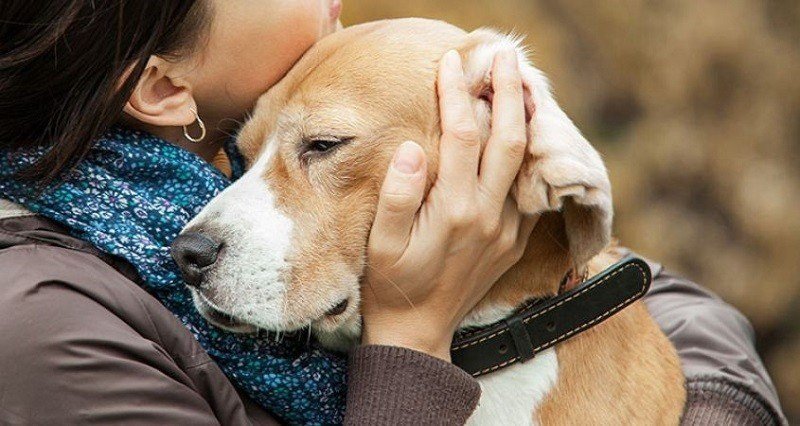
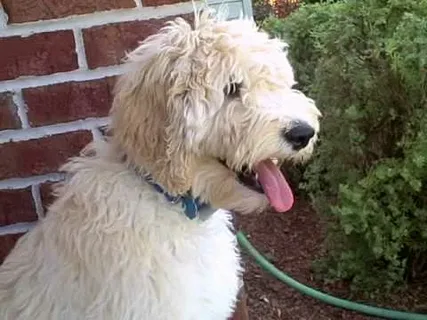
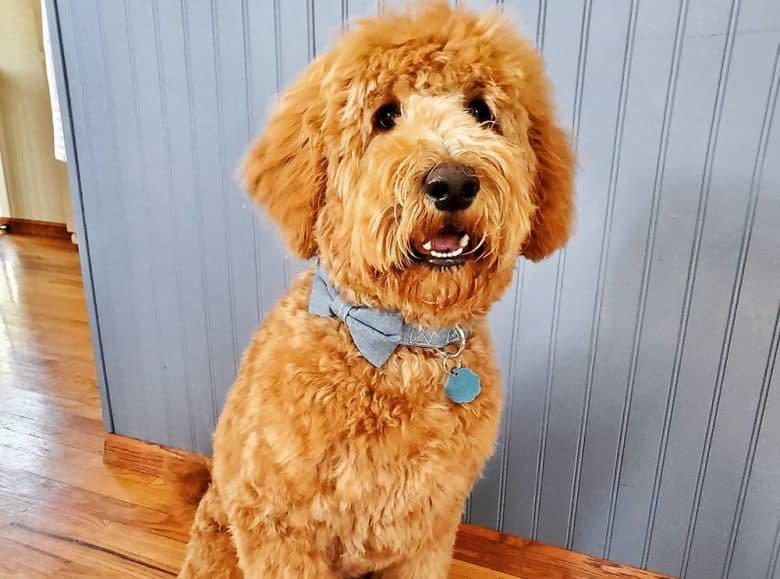
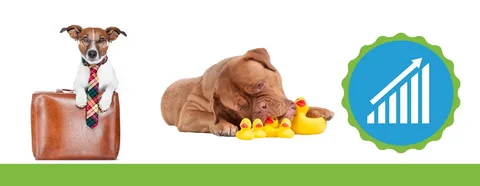


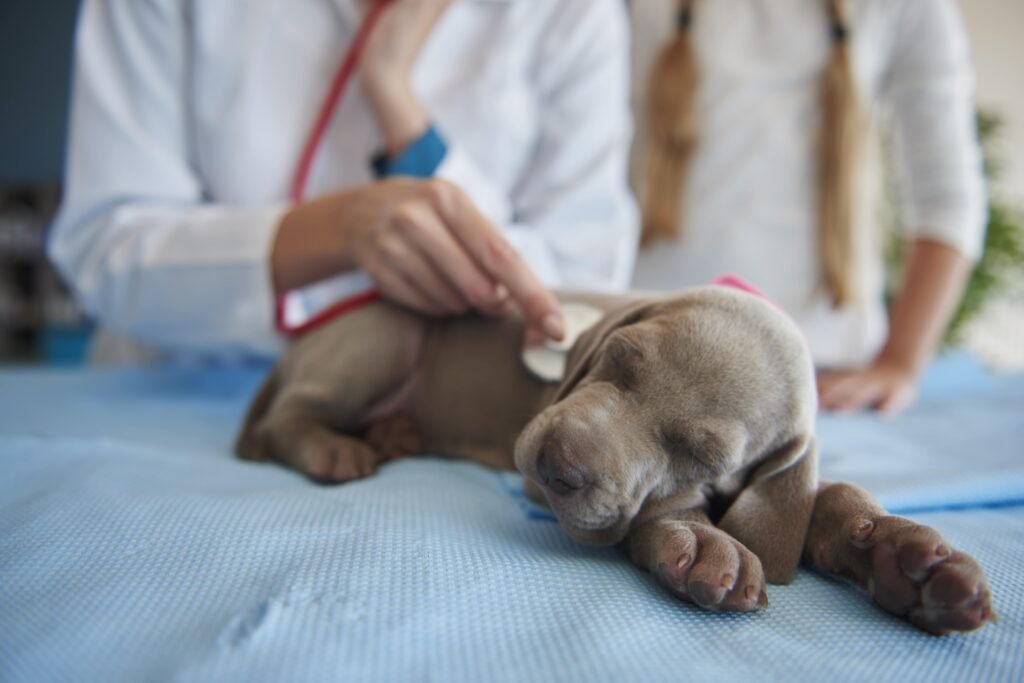
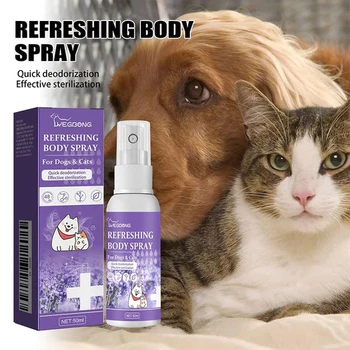

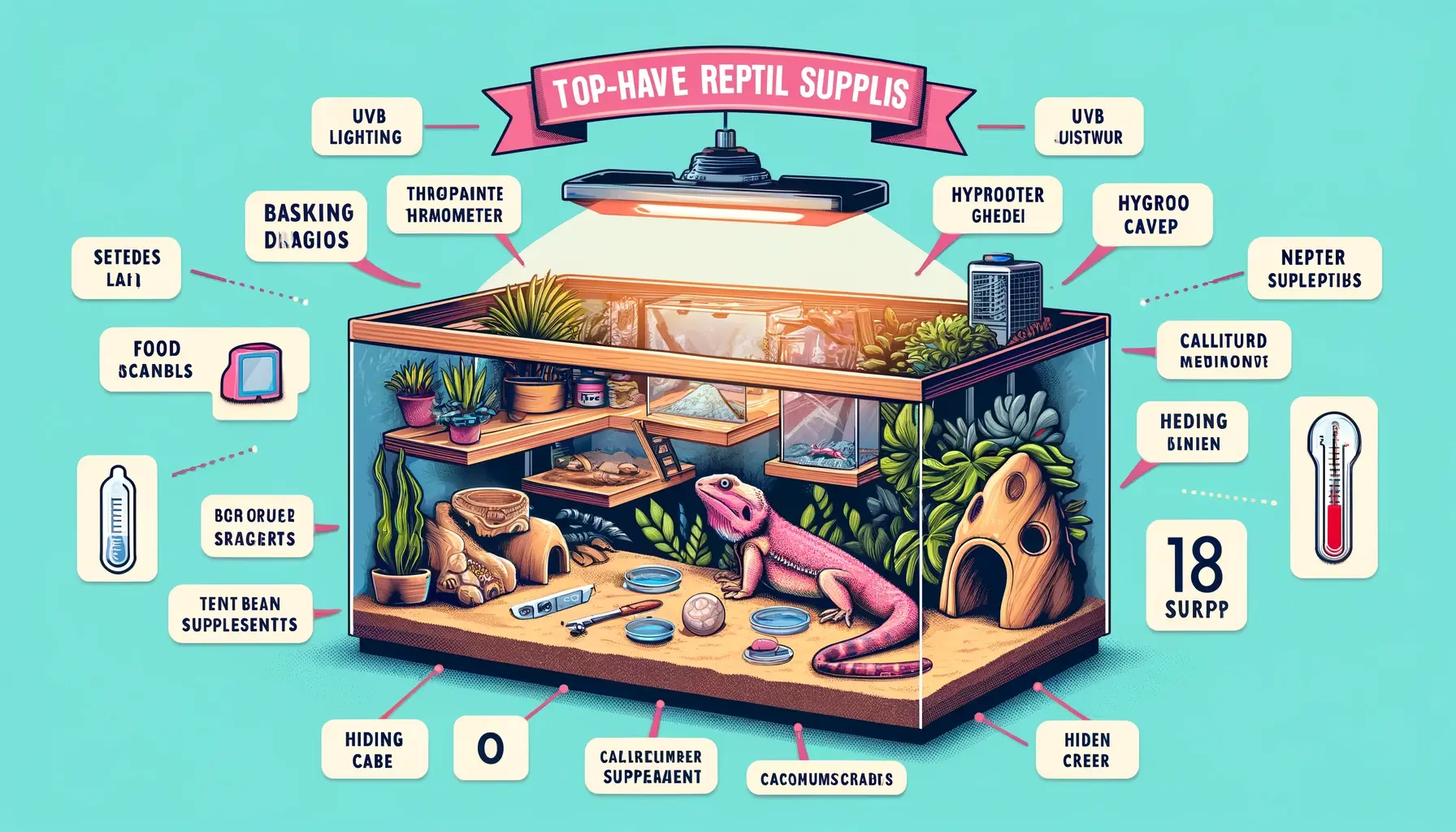
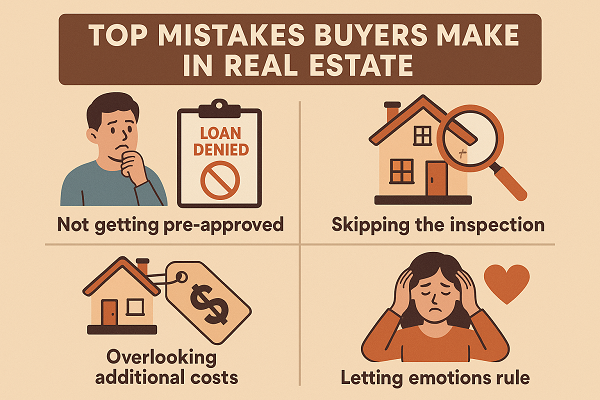


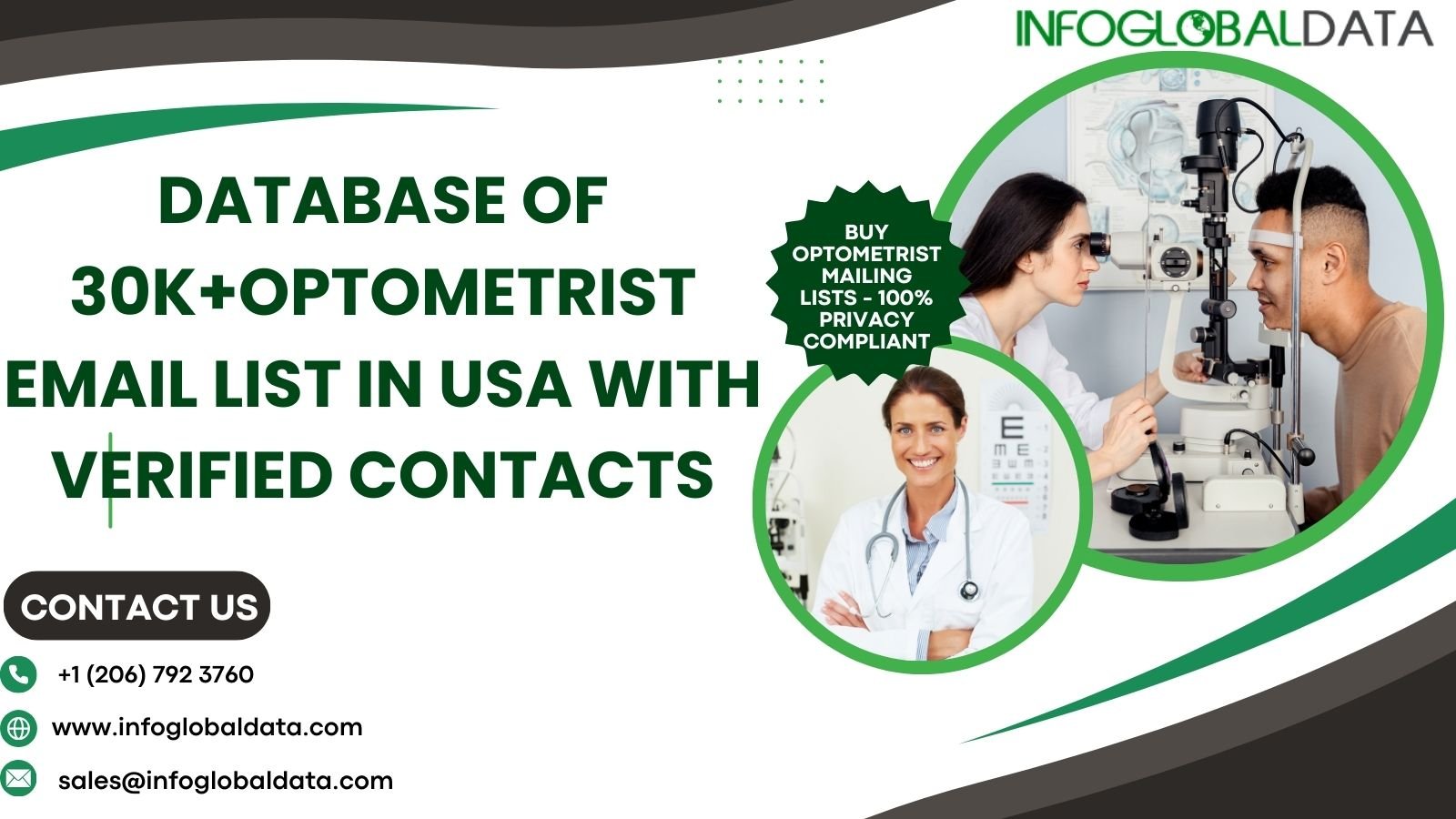
Leave a Reply